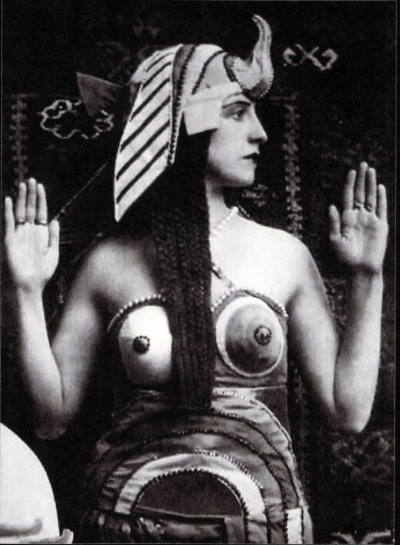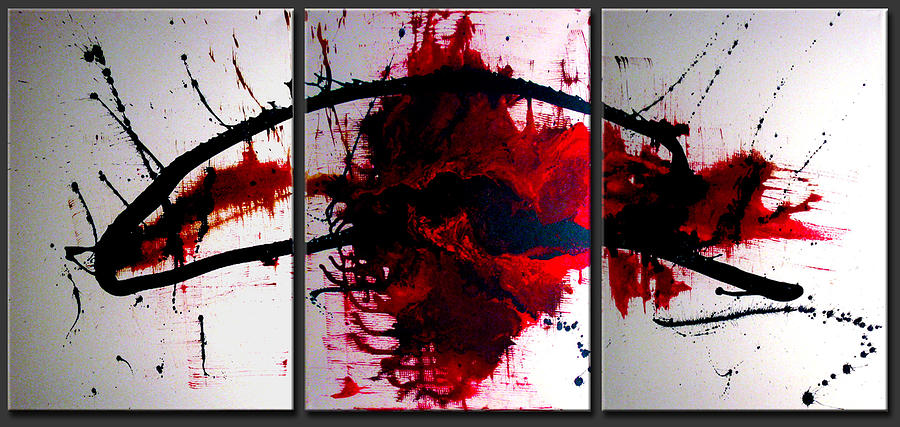In this presentation, we discuss the birth of the Modernist and Abstract
art movement in the early 20th century.
Modernism describes the cultural movement of the early 20th
century which is characterized by “a self-conscious break with the past and a
search for new forms of expression.” This break with the past occurred in
literature, politics, religion, and many other aspects of society. This break
from the past heavily influenced art and caused a shift in focus from the
superficial and outward appearance of something (the “surface”) to an object’s
content and values (the “depth”)- thus giving rise to abstraction.
Abstract art, in terms of painting and sculpture, does not realistically
depict people, places, or things. These people, places and things are depicted
in exaggerated and distorted forms. This allows the artist and the observer to
focus on and interpret things like shapes and their size, scale, and colors as
well as the brushstrokes the artist used and how the piece was created.
We refer to Sonia Delaunay, Alexandra Exter, and Tarsila do Amaral who
we learn about in chapter nine of Charwick’s Women, Art, and Society. Frank Auerbach is mentioned to provide a male example of abstraction in the 1900's. A more contemporary reference is made to
Dora Woordum to show the growth of Modernism and Abstraction and its presence
in today’s society.
 |
| Sonia Delaunay- Couverture, 1911 |
 |
| Alexandra Exter- Cubist Nude, 1912 |
 |
| Sonia Delaunay- Costume for Cleopatre 1918 |
 |
| Tarsila do Amaral- Abaporu, 1928 |
 |
| Frank Auerbach- Looking towards Mornington Crescent Station - Night, 1972-1973 |
 |
| Frank Auerbach- Head of J.Y.M., 1973 |
 |
| Dora Woodrum- Intensity, 2012 |
 |
| Dora Woodrum- Serenity, 2012 |
We close the
presentation with a question to stimulate discussion within the class, touching
on the importance of how abstract art doesn't focus on the superficial
appearance of an object but rather how abstraction focuses on the intrinsic value
of the object itself. The question is posed as follows: Do you think that
abstract art either depicting women or created by women reflects that same
concept of intrinsic value over superficial appearance? Ponder away ladies and
gentlemen.
Presentation by:
Glenn Spencer, Steffie Ossa, Brenda Lee, Kevon Haughton
No comments:
Post a Comment